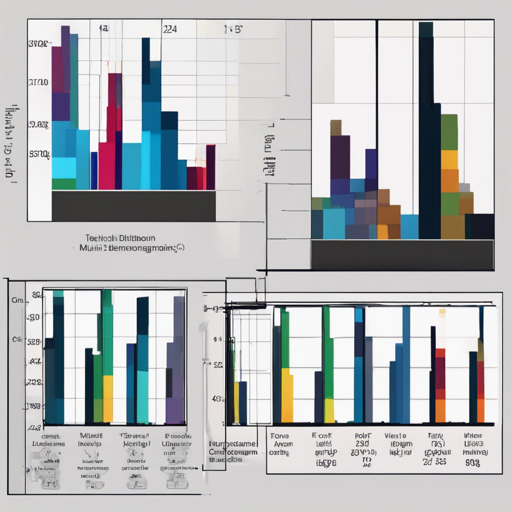Welcome to our guide on utilizing the powerful Boost.Histogram library! With its ability to create versatile multi-dimensional histograms, this library is tailored for both novice and experienced programmers alike. Let’s dive into how to set up and take advantage of this remarkable tool in your C++ projects!
Getting Started with Boost.Histogram
To start using Boost.Histogram, follow these simplified steps:
- Install Boost Library: Ensure you have the Boost libraries installed on your system. You can find installation instructions on the Boost Getting Started Guide.
- Include the header file: To use the histogram features, include the header in your C++ file.
- Create a Histogram: Call the
make_histogramfunction to define your histogram configuration.
Code Example: Creating a 1D Histogram
Let’s visualize how this library works with a simple analogy: Think of creating a histogram like setting up a library’s shelf where books (data points) are organized by genres (bins). Each genre can hold a certain number of books, and as more books come in, you need to keep track of not just how many books are there but also how they are distributed among different genres.
Here’s an example code that demonstrates creating and filling a 1D histogram:
#include <boost/histogram.hpp>
#include <boost/format.hpp> // used here for printing
#include <iostream>
int main() {
using namespace boost::histogram;
// Create a 1D histogram with 4 regular bins from 0 to 2
auto h = make_histogram(axis::regular(4, 0.0, 2.0));
// Push some values into the histogram
for (auto value : {0.4, 1.1, 0.3, 1.7, 10.}) {
h(value);
}
// Iterate over bins and print results
for (auto x : indexed(h)) {
std::cout << boost::format("bin %i [%.1f, %.1f): %d")
% x.index() % x.bin().lower() % x.bin().upper() % *x;
}
std::cout << std::flush;
return 0;
}
This program will output the count of values placed in defined bins, similar to how many books belong to each genre in our library analogy.
Features of Boost.Histogram
This powerful library boasts a range of features:
- Customisable multi-dimensional histograms
- High-performance counters that don't easily overflow
- Integration with STL and Boost for a familiar programming experience
- Support for automatic axis management
- Memory-efficient design suitable for large datasets
Troubleshooting
While using Boost.Histogram, you may encounter issues. Here are some common solutions:
- Compilation Issues: Ensure that your compiler version is compatible. Supported versions include gcc 5.5+, clang 3.8+, and msvc 14.1.
- Linker Errors: Double-check that you’ve linked against the Boost libraries correctly in your project settings.
- Unexpected Behavior: Verify that your input data fits within the histogram’s defined bounds to avoid data being pushed to undefined areas.
For more insights, updates, or to collaborate on AI development projects, stay connected with fxis.ai.
Final Thoughts
With Boost.Histogram, you can create sophisticated histograms for various applications, from scientific data analysis to complex statistical modeling. Whether you're counting data as a hobby or for professional projects, this library makes it accessible and efficient. At fxis.ai, we believe that such advancements are crucial for the future of AI, as they enable more comprehensive and effective solutions. Our team is continually exploring new methodologies to push the envelope in artificial intelligence, ensuring that our clients benefit from the latest technological innovations.

